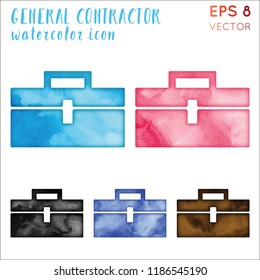Seasonal Factors To Consider For Commercial Exterior Paint: What You Need To Know
Seasonal Factors To Consider For Commercial Exterior Paint: What You Need To Know
Blog Article
Uploaded By-Ford Whalen
When you're intending a business outside painting project, seasonal elements can make or break your results. You'll wish to consider just how temperature level and humidity influence paint application and drying out times. Choosing the right period can guarantee your paint sticks correctly and lasts much longer. But which periods are genuinely the best for this kind of job? Let's check out the key elements that can affect your project's success.
The Effect of Temperature Level on Paint Application
When you're preparing a commercial exterior painting task, the temperature can dramatically impact just how well the paint adheres and dries.
Preferably, you intend to paint when temperatures range between 50 ° F and 85 ° F. If it's also cool, the paint might not heal effectively, bring about concerns like peeling off or cracking.
On the other side, if it's too warm, the paint can dry out too promptly, protecting against appropriate adhesion and causing an unequal coating.
You must also consider the time of day; early morning or late afternoon uses cooler temperature levels, which can be extra desirable.
Always check the manufacturer's referrals for the specific paint you're making use of, as they usually provide advice on the perfect temperature range for optimum results.
Humidity and Its Effect on Drying Times
Temperature level isn't the only environmental factor that influences your industrial exterior painting job; humidity plays a considerable role as well. Recommended Web site can slow down drying times significantly, affecting the total quality of your paint work.
When the air is saturated with dampness, the paint takes longer to heal, which can cause issues like poor attachment and a higher risk of mold development. If Related Web Page on a specifically damp day, be planned for prolonged wait times in between layers.
It's crucial to keep an eye on regional weather conditions and strategy accordingly. Preferably, aim for moisture levels between 40% and 70% for optimal drying out.
Maintaining these factors in mind ensures your job stays on track and provides an enduring surface.
Best Seasons for Commercial Outside Paint Projects
What's the very best season for your industrial exterior painting projects?
Springtime and very early fall are typically your best bets. During these seasons, temperatures are light, and humidity degrees are frequently lower, producing optimal conditions for paint application and drying.
Stay clear of summer season's intense heat, which can trigger paint to completely dry too swiftly, causing inadequate adhesion and finish. In a similar way, wintertime's cool temperature levels can prevent appropriate drying out and healing, risking the durability of your paint work.
Aim for days with temperatures between 50 ° F and 85 ° F for ideal outcomes. Remember to examine the regional weather prediction for rainfall, as damp conditions can spoil your project.
Preparation around these aspects ensures your painting task runs smoothly and lasts much longer.
Final thought
To conclude, planning your business exterior painting projects around seasonal factors to consider can make a significant difference in the outcome. By scheduling job throughout the excellent temperature levels and moisture levels, you'll make certain better adhesion and drying times. Keep in mind to watch on regional weather forecasts and choose the right time of year-- spring and very early fall are your best options. Taking these actions will certainly assist you accomplish a sturdy and professional finish that lasts.
